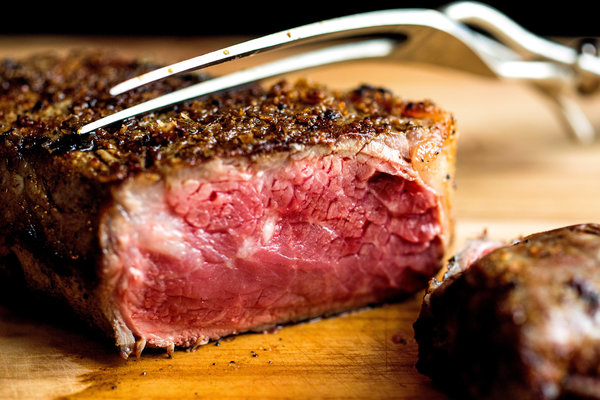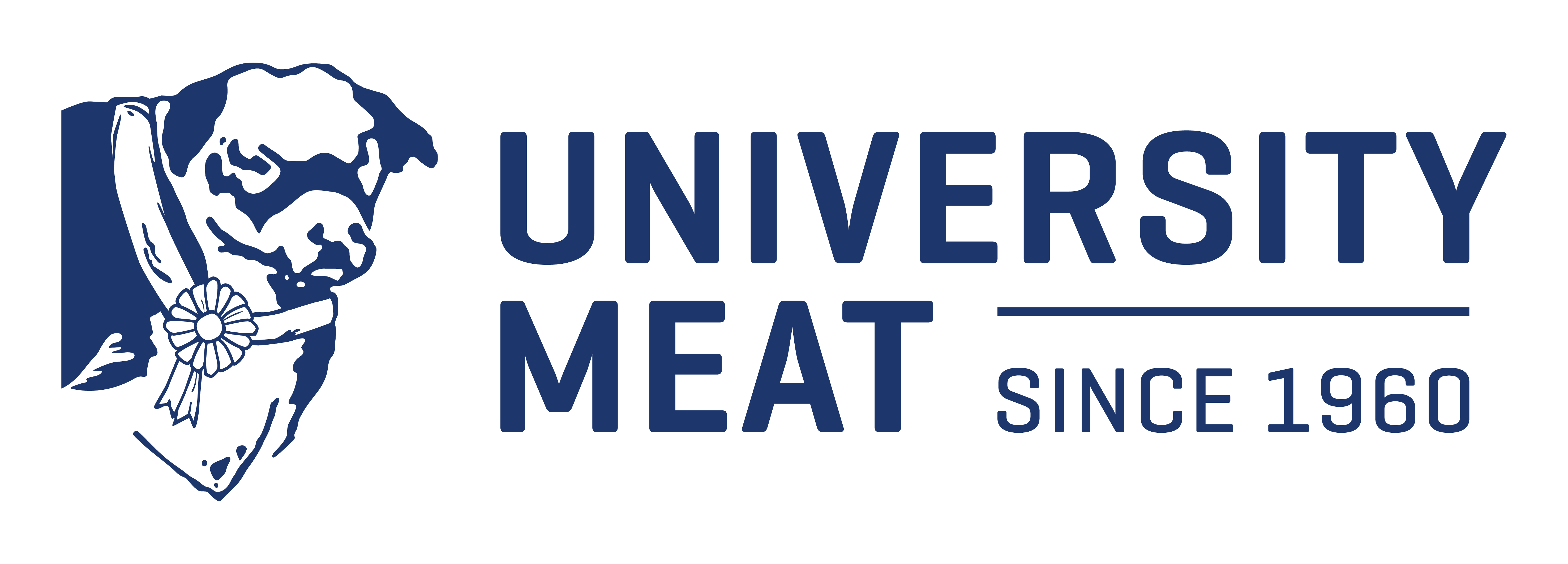Top Meat Trends for Aussie Menus in 2025

Introduction
As Australian diners become more discerning, the meat industry is undergoing a quiet revolution—one driven by sustainability, transparency, and bold, global flavours. In 2025, it’s no longer just about serving a quality steak or slow-cooked lamb shoulder. Today’s chefs, butchers, and institutional buyers are looking beyond the plate, seeking out ethical sourcing, full-animal utilisation, and innovative ways to excite modern palates.
From fine dining to local cafés, the trends shaping Aussie menus this year reflect a growing desire to eat with both purpose and pleasure. At University Meat, we work closely with leading hospitality venues, caterers and institutions, giving us a front-row seat to the changes influencing Australian food culture. Here’s what’s driving the meat conversation in 2025—and how forward-thinking venues are responding.
Provenance and Traceability Take Centre Stage
In 2025, knowing where your meat comes from isn’t just a bonus—it’s a baseline expectation. More Australians are asking questions about animal welfare, farming practices and supply chain transparency. In response, venues are leaning into provenance, proudly showcasing the stories behind the meat they serve.
Menus are increasingly featuring the names of farms, producers and even specific regions. Technology is playing a role too—QR codes on packaging or menu inserts now offer diners real-time insights into how and where their meat was raised.
For businesses, this trend is about building trust. When a chef or purchasing manager knows their meat was sourced from a regenerative farm in western Victoria, or from a long-standing supplier with proven ethical standards, that story becomes part of the dining experience.
At University Meat, we work closely with trusted Victorian producers to ensure traceability from paddock to plate. It’s how we help our partners deliver quality with confidence—and give their customers something more meaningful than just a meal.
Regenerative and Sustainable Farming
Sustainability is no longer a niche concern—it’s a business imperative. In 2025, more Australian venues are choosing to align with farms that prioritise the health of the land, the animals, and the broader ecosystem. Regenerative farming is leading the charge, offering a way to raise meat ethically while actively improving soil quality, biodiversity and carbon capture.
This shift is being driven not just by environmental concerns, but also by customers who want to feel good about what they’re eating. Meat from regenerative farms is now seen as a premium product, with chefs and foodservice operators willing to pay more for its ethical and environmental credentials.
Cuts from regeneratively raised livestock often deliver superior flavour and quality, making them ideal for menus that emphasise both provenance and taste. Whether it’s grass-fed beef from rotationally grazed pastures or free-range lamb from multi-species farms, these products are helping venues differentiate themselves in a competitive market.
At University Meat, we actively seek out partners who are committed to sustainable and regenerative practices. It’s our way of supporting a better future for the industry—and helping our customers serve meat with meaning.
Whole Animal Butchery and Nose-to-Tail Eating
As sustainability becomes embedded in the food industry, chefs and foodservice operators are embracing whole animal butchery—not just for its environmental benefits, but for its creative and cost-saving potential too. In 2025, nose-to-tail cooking isn’t a trend—it’s a movement.
Rather than relying solely on prime cuts, venues are turning to secondary and lesser-known parts of the animal to craft bold, flavourful dishes. Think slow-braised beef cheeks, lamb neck ragu, or crispy pork jowl sliders—meals that offer exceptional taste while showcasing respect for the entire animal.
This approach reduces waste and increases yield, allowing kitchens to get more value from each carcass. It also opens the door to storytelling, with diners often intrigued by the craft and care behind less conventional cuts.
University Meat supports this shift by offering tailored butchery solutions for chefs and institutions looking to work more sustainably. Our team can break down carcasses to suit individual menu needs, helping customers explore new flavours and elevate their offering—without sacrificing quality or consistency.
Global Flavours Meet Aussie Cuts
In 2025, Aussie menus are drawing inspiration from across the globe—infusing familiar meats with bold, international flavours. From Korean bulgogi beef ribs to Middle Eastern lamb kofta and Latin American-style asado, chefs are blending multicultural influences with premium Australian cuts to create dishes that are both exciting and accessible.
This trend is being driven by the continued popularity of shared dining, casual fine dining, and adventurous eating among Australian consumers. It’s also a smart way for venues to differentiate their menus and introduce new cuts in a way that feels fresh and engaging.
Marinades, spice rubs, and slow-cooked preparations are breathing new life into traditional proteins. Secondary cuts like brisket, flank, and lamb shoulder are being reimagined with international techniques—enhancing both flavour and profitability.
University Meat works closely with chefs to ensure they get the right cut for their concept—whether that’s dry-aged ribeye for a premium yakitori offering or boneless lamb shoulder for slow-roasted Moroccan tagines. With quality local meat and the right inspiration, the possibilities are endless.
.jpg)
Wagyu and Premium Cuts in Casual Dining
Once reserved for fine dining, Wagyu and other premium cuts have made their way into more relaxed settings—and in 2025, they’re more accessible than ever. From Wagyu burgers at upmarket pubs to scotch fillet steak sandwiches in modern cafés, customers are embracing everyday indulgence.
This shift reflects a broader change in consumer behaviour: Australians are willing to spend a little more on quality ingredients, even in casual environments. They’re looking for value, not just in price, but in taste, provenance, and experience.
For venues, adding a premium option like Wagyu to the menu can elevate the entire offering. It attracts discerning diners, encourages higher spend per head, and sets a business apart in a crowded market.
University Meat supplies a range of premium beef, including grain-fed and marble score Wagyu, with consistent quality and flexible portioning. Whether it’s portion-cut steaks for a modern bistro or premium mince for a gourmet burger, we make it easy for venues to serve something special—without the fine dining overhead.
Health-Conscious and Flexitarian-Friendly Options
As Australians become more health-aware, meat is evolving to meet their expectations. In 2025, menus are increasingly reflecting flexitarian eating habits—where quality trumps quantity, and leaner, nutrient-rich cuts take centre stage.
Venues are offering smaller meat portions paired with seasonal vegetables, legumes, or grains to deliver balanced, satisfying meals. Cuts such as eye round, skinless chicken breast, and lean lamb backstrap are enjoying a resurgence, prized for their lower fat content and versatility.
Another emerging category is blended meat products—like beef and mushroom burgers or chicken and quinoa sausages. These innovative options allow venues to retain the taste and texture of meat while reducing environmental impact and catering to lighter appetites.
University Meat supports this shift by offering a wide range of portion-controlled, lean and alternative protein products. We also work with foodservice partners to explore new formats that suit evolving dietary trends—helping them keep pace with changing customer preferences without compromising on flavour.
Hyper-Local Sourcing and Farm Collaborations
In 2025, hyper-local isn’t just a buzzword—it’s a strategic choice. More Australian venues are forging direct relationships with farmers and local suppliers to ensure consistent quality, support the regional economy, and create more resilient supply chains.
Chefs and procurement teams are seeking out producers within their own state—or even their own postcode—to reduce food miles and tell a stronger story about where their meat comes from. Menus are proudly highlighting not just the cut, but the name of the farm, the region, and even the farming method.
This local-first mindset resonates strongly with diners, especially those who value sustainability, community, and freshness. For institutions and caterers, it also aligns with evolving procurement policies that favour local and ethical sourcing.
At University Meat, we’ve built long-standing partnerships with Victorian farmers who share our values on quality, animal welfare, and environmental responsibility. By championing hyper-local supply, we help our customers serve with confidence—and connect their menus back to the people and places that make them possible.
Conclusion
The meat trends of 2025 reflect a growing desire among Australian diners to eat with purpose—choosing food that’s not only delicious but also sustainable, ethical, and connected to the local community. Whether it’s embracing regenerative farming practices, experimenting with global flavours, or focusing on whole animal butchery, today’s menus are more dynamic and conscious than ever before.
For businesses, staying ahead of these trends means offering not just high-quality cuts, but a deeper story behind every dish. At University Meat, we’re committed to helping our partners thrive in this evolving landscape. From premium Wagyu to leaner cuts and hyper-local sourcing, we’re here to support chefs, butchers, and foodservice operators with the finest Australian meat—and the expertise to bring their menus to life.
Ready to explore the future of meat on your menu? Get in touch with University Meat today, and let’s create something remarkable together.
 © 2016 University Meat |
© 2016 University Meat |







